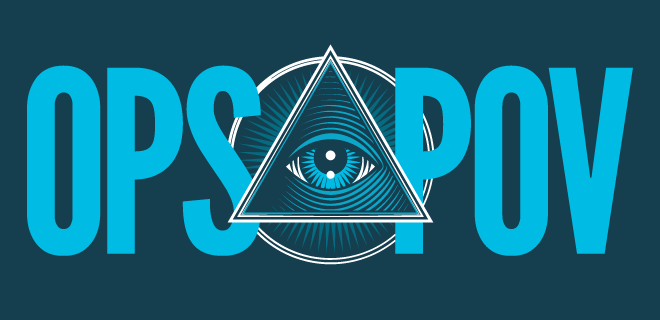
Balance is an important part of being a trusted news brand. But how do you keep your balance when you find yourself reporting from the center of the Hong Kong protests and months of unrest?
We decided to develop a tool that read the headlines of every article we wrote and those of our contemporaries too. The aim would be to see if the perceived sentiment was more or less negative than our cohort.
At SCMP.com (an HK based, English language international news brand reaching c.30m UVs) we believe in making our staff bionic — kind of the $6m man of news — all the power of the machine but the sensibility of a human. So this kind of data really appeals to us.
Building a Content Analysis Tool
There are basically three components necessary 1) Sentiment analysis 2) Sensitive keywords tagging and 3) Article readability analysis – working together to provide a complex profile of the written articles. We employed all of these innovations, plus the use of a lexicon-analysis tool, called Valence Aware Dictionary for Sentiment Reasoning (VADER).
Now we were able to read everything on the page, not just the headlines. This means not only can we double-check the balance of an article, but we can also see if it conveys the message we intended and if it is written at the right level of complexity for the intended audience.
The product was built directly into our content management system to ensure 100% coverage on all of our articles on all platforms before they have even been published. This is great news for us as traditional tools can take some time to understand your new content and you may find it hard to categorize some content sections such as the Homepage.
The tool we ended up building in August of 2020 is called SCMP Signal.
Brand Safety Upgrade
For most brands ‘Brand Safety’ is basically just trying to assure that a brand won’t be seen in an unwanted context. It’s essentially a process of blocklisting content. Once you can read the keywords or context of an article this is pretty easy to manage and scale across many sites. But to account for many types of site and quality standards, it may be tempting for brands to build huge blocklists (we’ve seen many lists with over 600 terms).
While this helps to ensure that a brand is safe in the open marketplace, it can end up restricting their access to valuable audiences and the publisher’s ability to optimize their campaign. So if a brand is working with a quality site specifically or even in a smaller curated marketplace then there must be a better more nuanced way.
We wondered if we could do the opposite — could we use Signal to actively put brands into content where they would either see a better brand fit or that would drive performance? We call this ‘Brand Suitability’.
Essentially creating three buckets of inventory for each individual brand, 1) Blocklisted inventory, 2) Open inventory, 3) Target inventory.
Sentiment: In tests, we have found that articles with the strongest sentiment drive higher Ad engagement, often over 40% higher CTR. The same actually applies to very negative articles, such as a post-match sports review as one with a positive sentiment. We also see some interesting use cases around sentiment targeting — the obvious example here is Coke around happy content.
Readability: We use this internally to understand how complex each article is and what level of education we expect readers to need to understand it. This is useful to help create user segments for some brands. For instance, those looking to connect with industry experts.
Should You Build Your Own Brand Safety Tool?
We have found this experience to be truly beneficial to the whole organization. The tools we have built are used for everything from marketing, content creation, business analytics, and media sales.
As publishers, we often tell clients we understand our content and audience better than anyone else. But now we can really prove that point and help our clients be seen in the right space at the right time.
Hear Ian Hocking, Vice President, Digital, South China Morning Post, speak at AdMonsters PubForum+ on Wednesday, December 09 @ 11:50 am. His session, Geo to Geo: Building a Trans-Pacific Tech Stack, will answer the question: How do you maximize revenue when your traffic is spread between multiple continents?